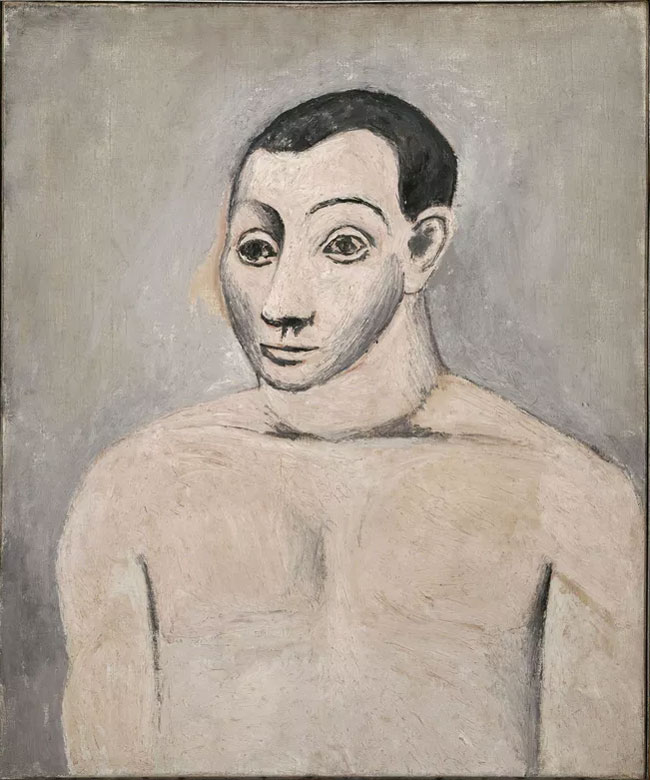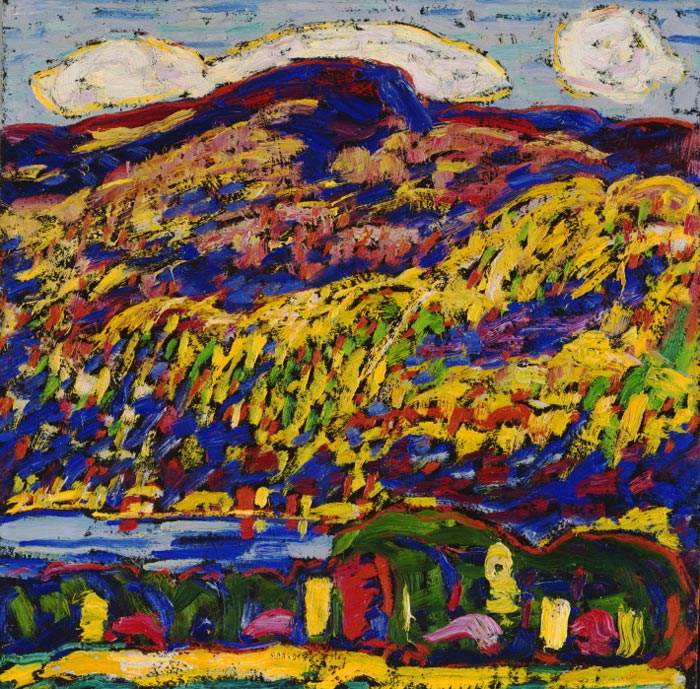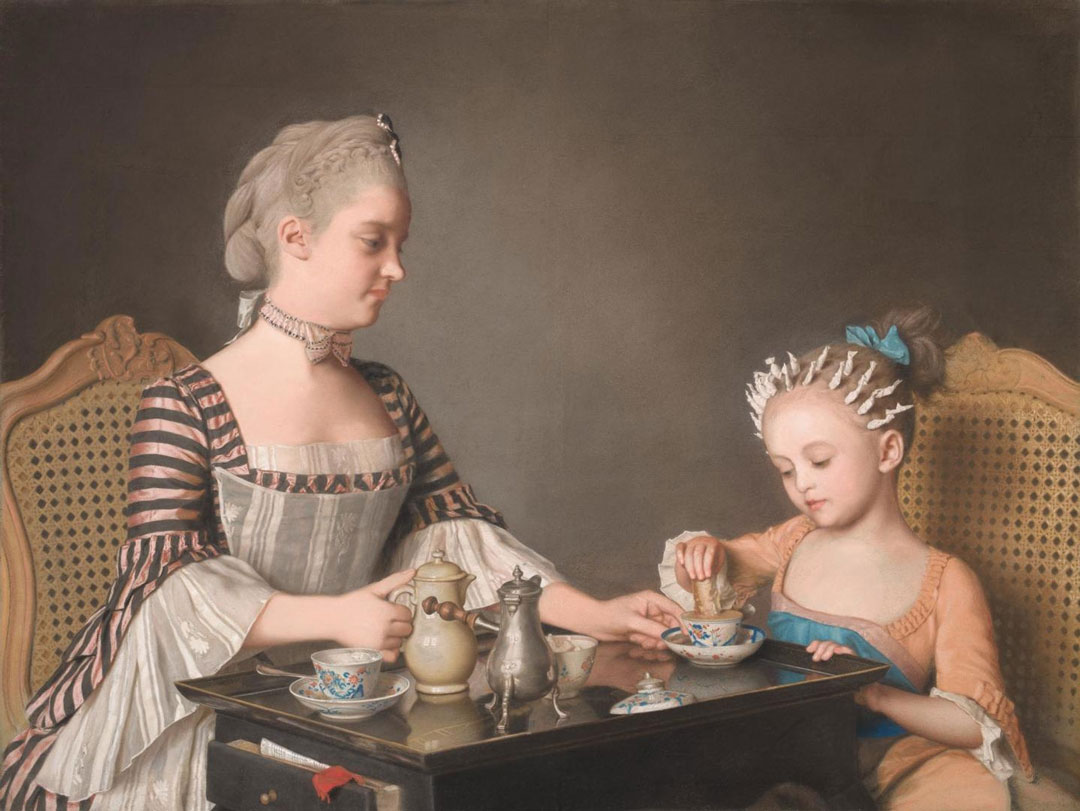Museo Reina Sofía presents “Picasso 1906”

From 14 November 2023 to 4 March 2024, the Museo Nacional Centro de Arte Reina Sofía in Madrid presents the exhibition “Picasso 1906. The Great Transformation“
Source: Museo Nacional Centro de Arte Reina Sofía · Image: Pablo Picasso, “Self-portrait”, 1906. Picasso Museum, Paris. © Picasso Estate
Curated by the leading expert Eugenio Carmona, the exhibition aims to shed light on the artist’s attention to the body and its construction from a contemporary perspective around 1906, a key year in Picasso’s production and life for various reasons: it coincides with the presentation of the exhibition dedicated to Henri Matisse at the Druet gallery in Paris, the painter discovers the Iberian art of Osuna and the Cerro de los Santos at the Louvre, and he becomes close friends with the Stein family. It was also the year in which he travelled to Gósol, a town in Lleida, where he stayed for about three months. The conceptual, aesthetic and formal revolution that Picasso underwent during his stay there is fundamental to understanding how the artist’s vernacular and multicultural repertoires evolved from classical to pre-Cubist.
“Picasso 1906” thus aims to look through contemporary eyes at the artist’s contribution to the germinal moment of modern art. We are before a solar and positive Picasso who longs for the re-foundation of the artistic experience. A Picasso devoted to the processual sense of his activity, who seeks the primordial and focuses his work on two registers: the body and interculturality.
“Picasso 1906” aims to situate the way in which the artist delineates the body, performatively, as a “signifier”. It wants to approach the ideological approach that makes the representation of the Arcadian adolescent the symbol of a new beginning. It wants to address unambiguously the power of the scopic drive in its relation to unveiled intimacy. The vernacular is now presented as a mythology of origin. And, at the same time, this Picasso of 1906 is already redefining the interweaving of background and figure and is laying the foundations of a new visual system that intuits the compression of the painting as an object. The Picasso of 1906 was also turning anatomy – in slips of the genre – the face and physiognomies into a system of signs that was to lay the foundations of a new plastic culture.
In his search for the primordial, in his continuous processual work, expressed above all in drawings and notebooks, Picasso proposed full synergy with primordial cultures. But Picasso’s interculturality was also attentive to photography and ethnographic treatises and to the mass press and illustrated books. His way of understanding the visual memory contrasted the idea of anachronism and kept the Museum’s heritage underlying. The Picasso of 1906 looked at his contemporaries and his immediate predecessors, interacted with them, and quoted himself, maintaining the mnemic traces of his work and encouraging the survival (nachleben) of his own visual solutions. 1906 was, for Picasso, the year of “the great transformation”.
Follow us on:


